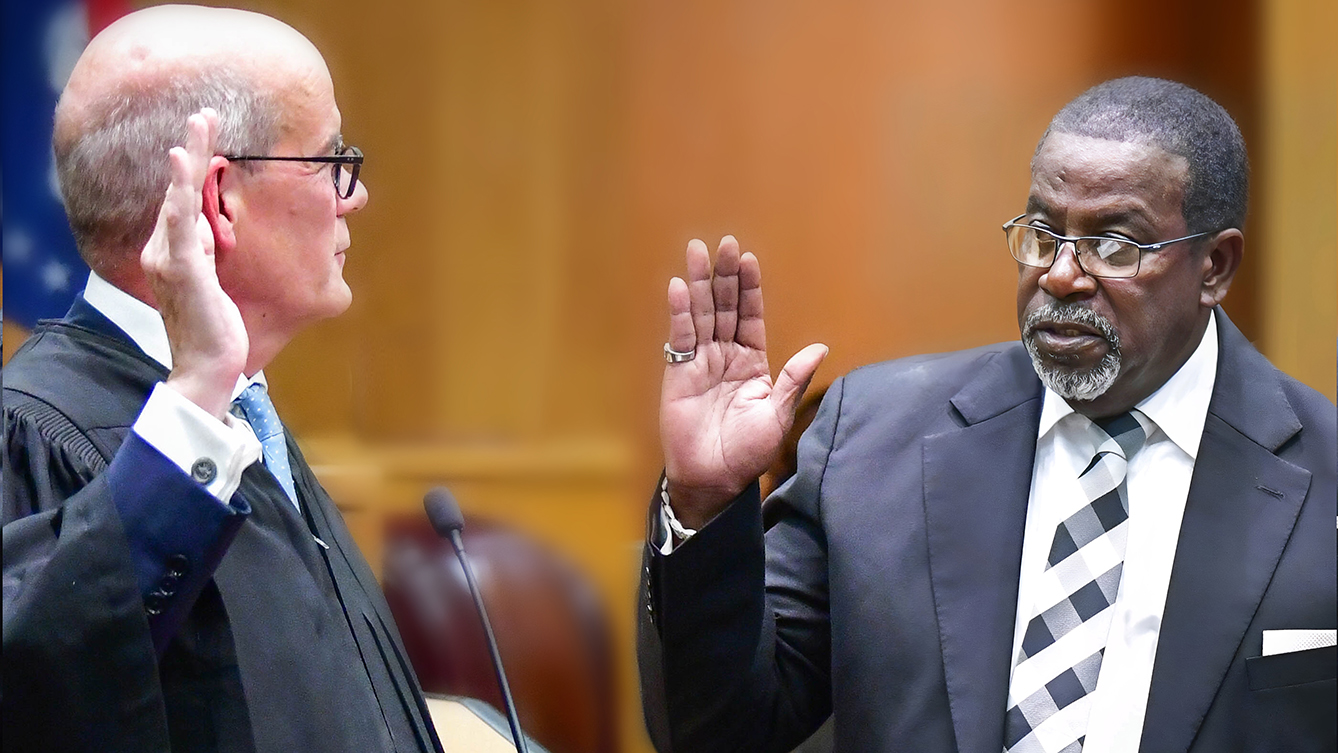Should Confederate monuments come down?
Published 9:20 pm Friday, May 26, 2017
What to do with Confederate monuments? That’s the question many Southern states are asking as some cities remove the monuments from public grounds.
Alabama Gov. Kay Ivey on Wednesday signed into law sweeping protections for Confederate and other long-standing monuments.
The new Alabama law prohibits the removal and alteration of monuments more than 40 years old. It also prohibits renaming schools that have carried a person’s name for more than 40 years. A new commission would have to approve changes to those between 20 and 40 years old, The Associated Press reported.
New Orleans last week removed four of its Confederate statues. Other cities have tried to remove monuments but have been met with legal challenges and demonstrations.
It’s true that many Southerners see these Confederate monuments as representing history and heritage, but many also see them as symbols of oppression, racism and slavery.
“These monuments have stood not as historic or educational markers of our legacy of slavery and segregation, but in celebration of it,” New Orleans Mayor Mitch Landrieu said about the monuments coming down in his city.
As a child growing up in rural Mississippi, the idea that a Confederate monument could be offensive never crossed my mind. But I grew up in a town where most of the black residents literally lived on the other side of the tracks.
My knowledge of the Civil War at the time was decidedly one-sided. The South was right, the North was wrong. It was painted in very straightforward terms.
I learned about Grierson’s Raid and how the Union colonel was almost captured while sleeping 5 miles from my boyhood home in Decatur. I learned that Union troops captured trains in nearby Newton and destroyed several miles of railroad tracks in the area. I learned about the destruction caused by the Union army throughout the area.
But I didn’t learn much about the role of slavery in the South, other than it existed in a time and place I simply couldn’t understand. The American South of the 1800s was as foreign to me as Mars. And so the monuments that celebrated the men who led the fight against the Union were simply statues of dead men. They carried little significance for me.
But that’s because I was a white boy in a majority white town. I was largely oblivious to the racial injustices that still permeated the South in the 1980s. I didn’t even realize Medgar Evers, one of the nation’s most famous civil rights activists, grew up not five minutes from my house.
But people with skin darker than mine were not oblivious to racial injustices. They grew up in a town where the local doctor’s office had two waiting rooms, one for whites and the other for blacks. They grew up with fewer opportunities and worse economic outcomes.
For them, statues that celebrate the Confederacy mean something else.
I’m not suggesting that all symbols of the Confederacy be cleansed from the South. But those monuments and statues need more context than the inscriptions provide. To mark history and to remember those who died in the Civil War is one thing, but to celebrate a cause bent on prolonging slavery is another.
I’m not sure how to contextualize those monuments in an appropriate way, but to leave them standing as they are just because they have been there for decades isn’t the right decision. Those fighting to preserve these monuments should try looking at them through their black neighbors’ eyes.
Maybe then they will come to see them as more than historical markers or symbols of heritage.
Publisher Luke Horton can be reached at luke.horton@dailyleader.com.





